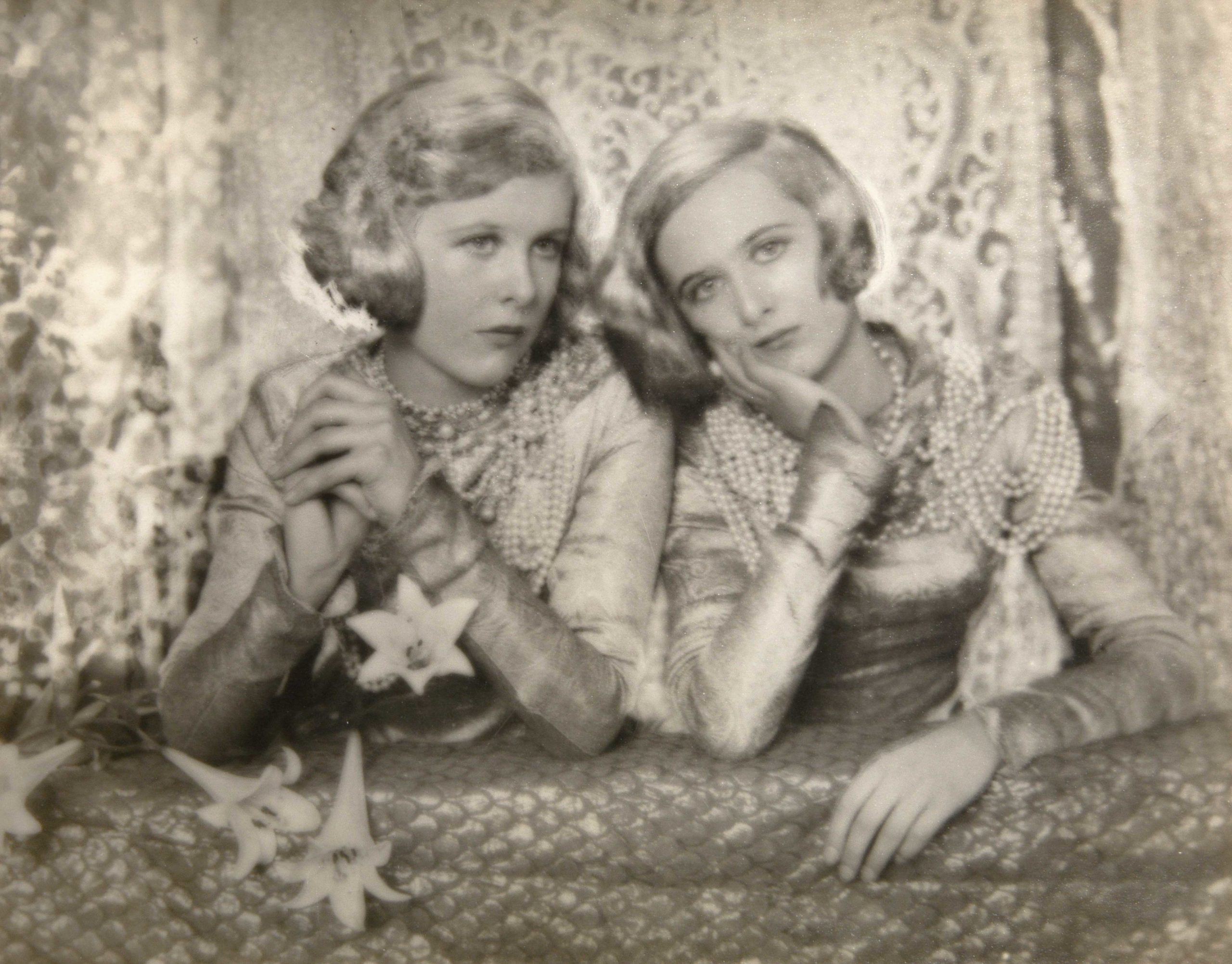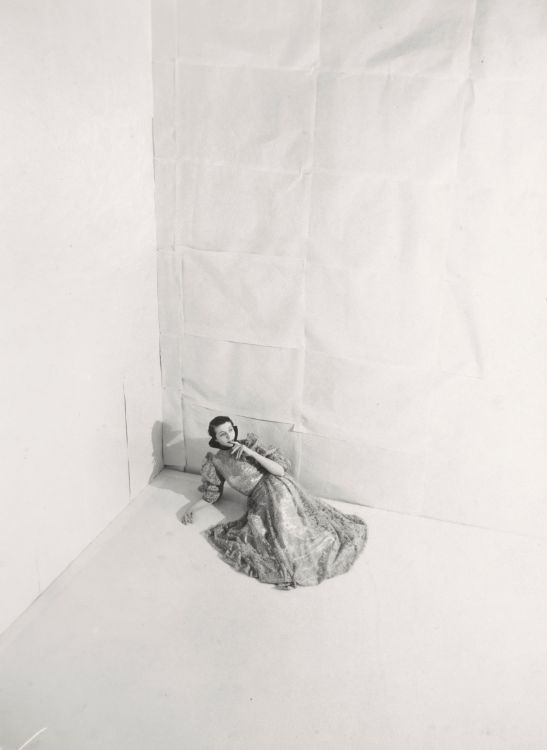Cecil Beaton:Early Works
26.04 – 20.05.2017
Closed
Hours
Monday to Saturday, 10:00am – 5:30pm
Gallery
3–5 Swallow St
London
W1B 4DE
An exhibition of over 70 vintage Cecil Beaton photographs.
The photographs have been held in an American private collection for over 60 years and have finally be brought back to London, where this unique group will go on display for the first time.
Originally purchased in the early 1950s, the works form a complete survey of Beaton’s early photography ranging from portraits of the Bright Young People in the 1920s, innovative fashion pictures for Vogue, portraits from Hollywood in the 1930s, to his lesser-known wartime documentary photographs commissioned by the British Ministry of Information.
Portraits included in the exhibition include figures such as Queen Elizabeth (subsequently the Queen Mother), The Duke and Duchess of Windsor on their wedding day, Salvador Dalí, Vivien Leigh, Augustus John, Charles de Gaulle, Orson Welles, H G Wells and Aldous Huxley.
Highlights
7
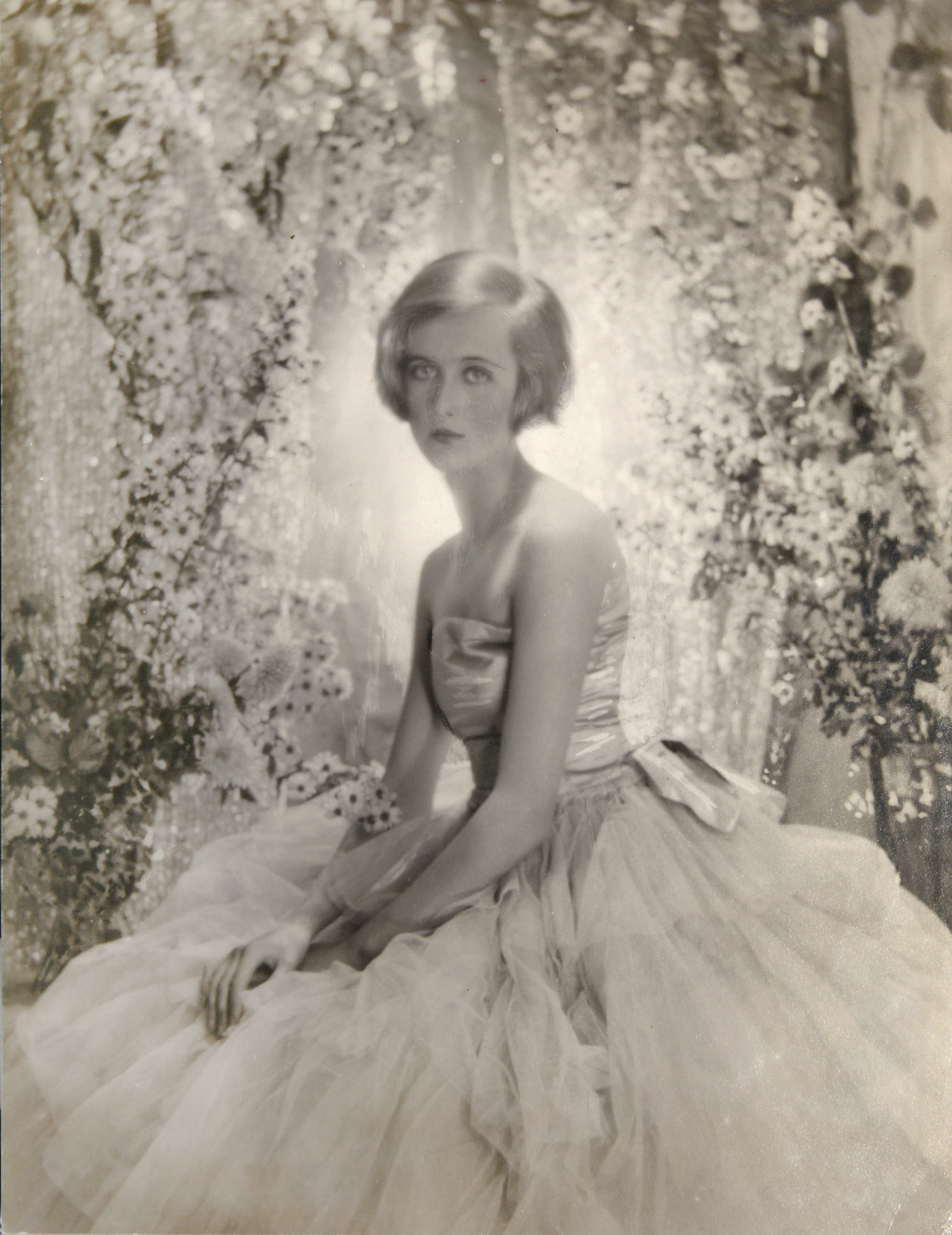
Baba Beaton, circa 1925
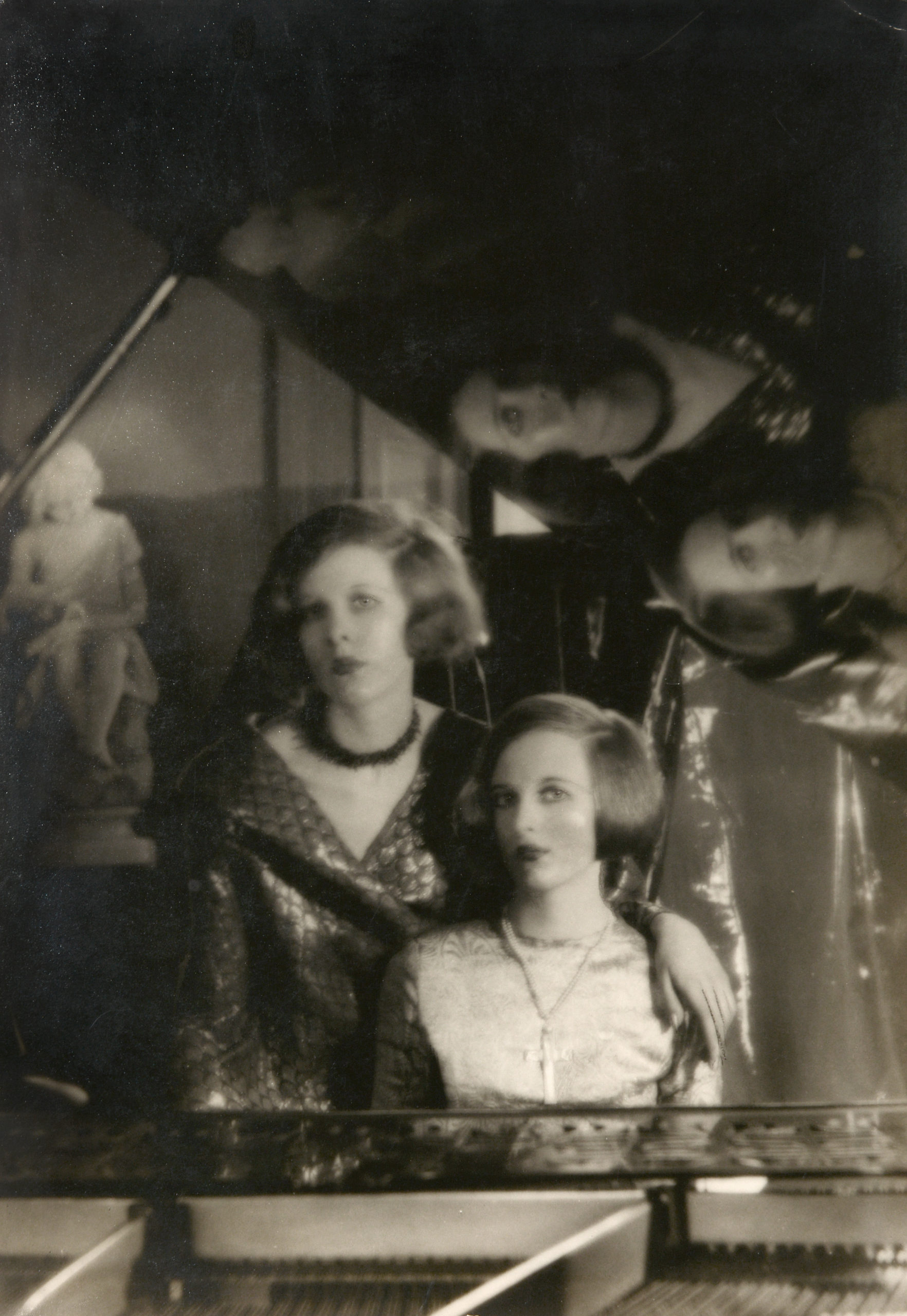
Baba and Nancy Beaton, circa 1926
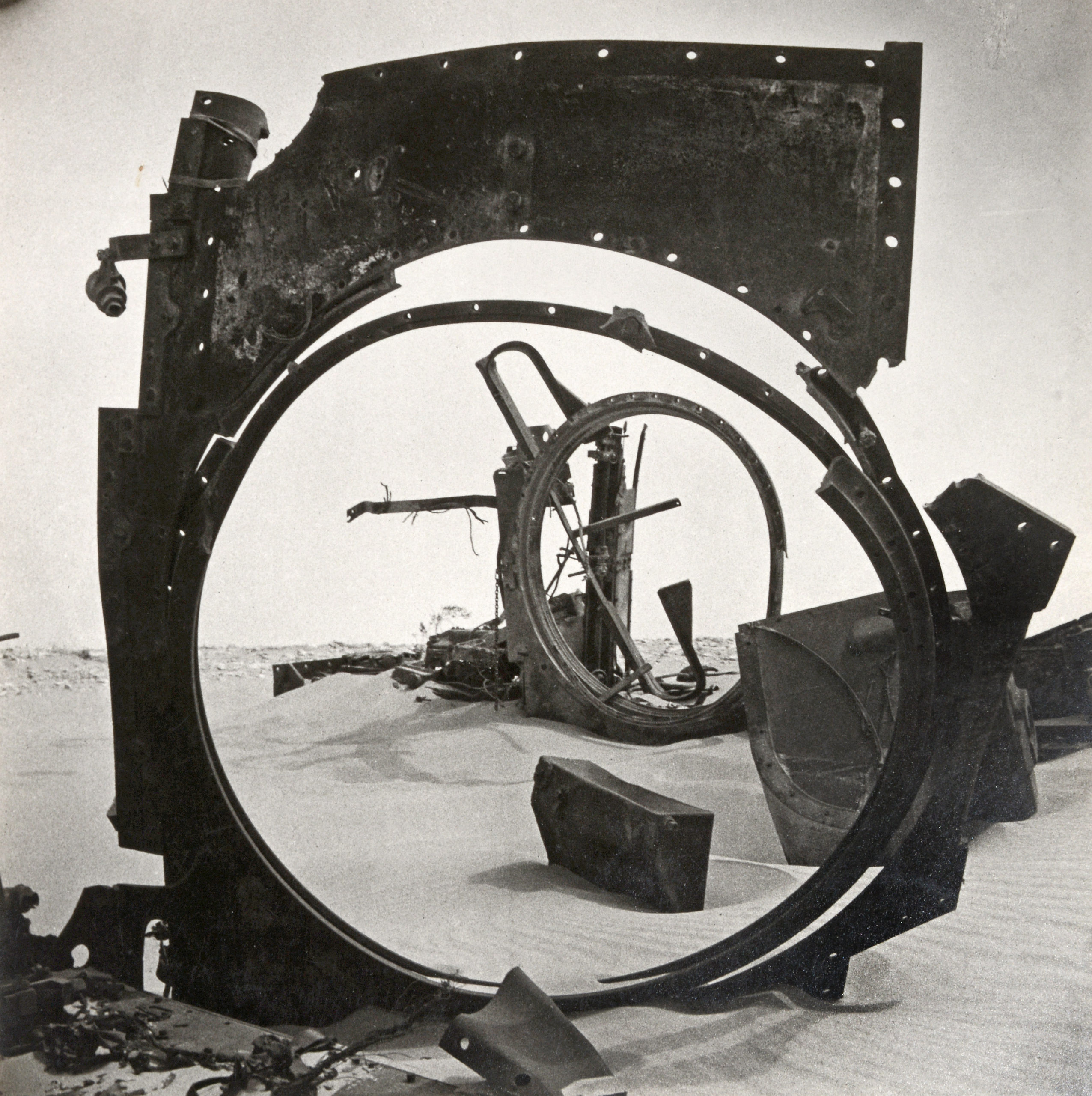
‘Desert Debris’, Sidi Rezegh, Libya, 1942
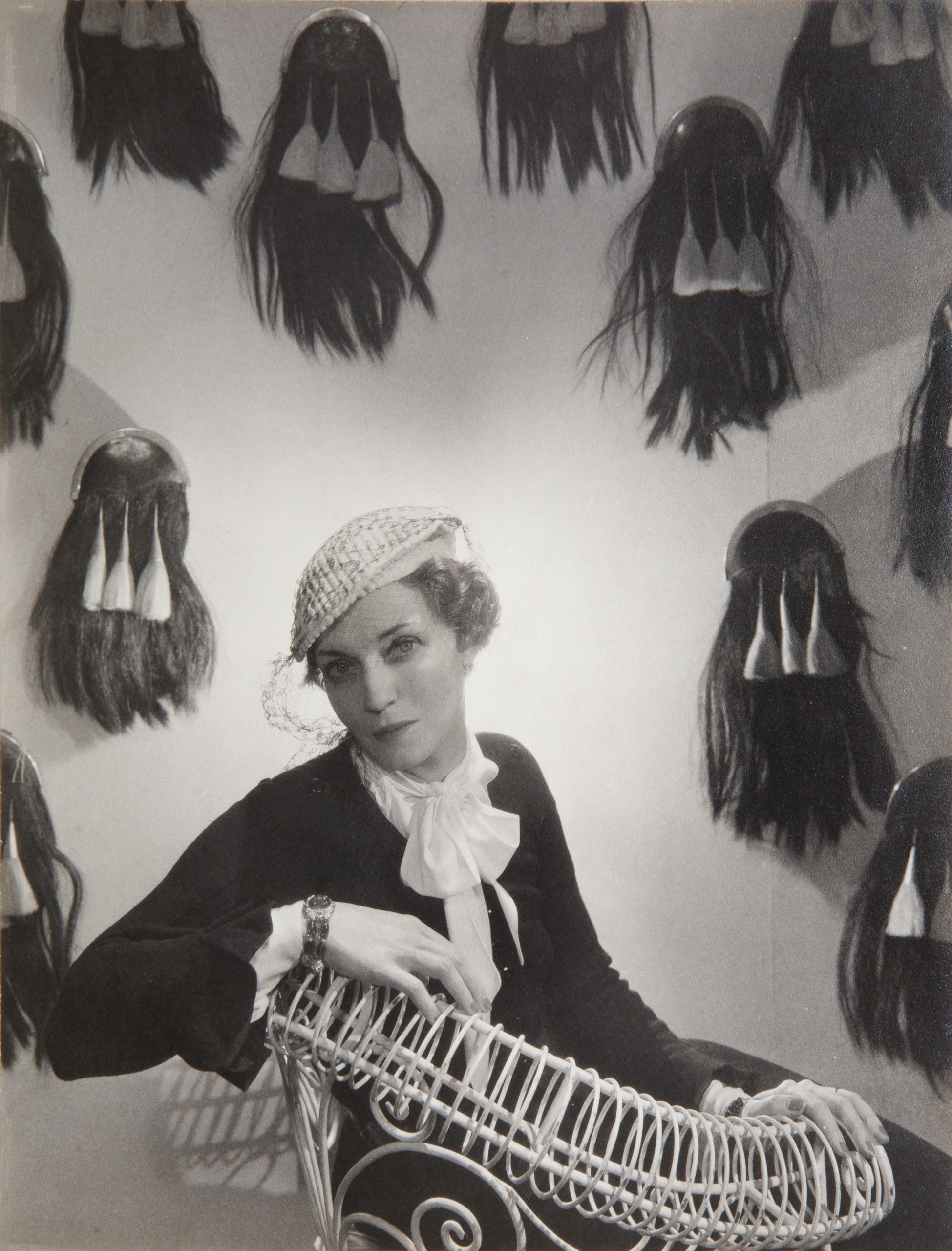
Mrs Harrison Williams, Later Mona, Countess Of Bismark, Circa 1935
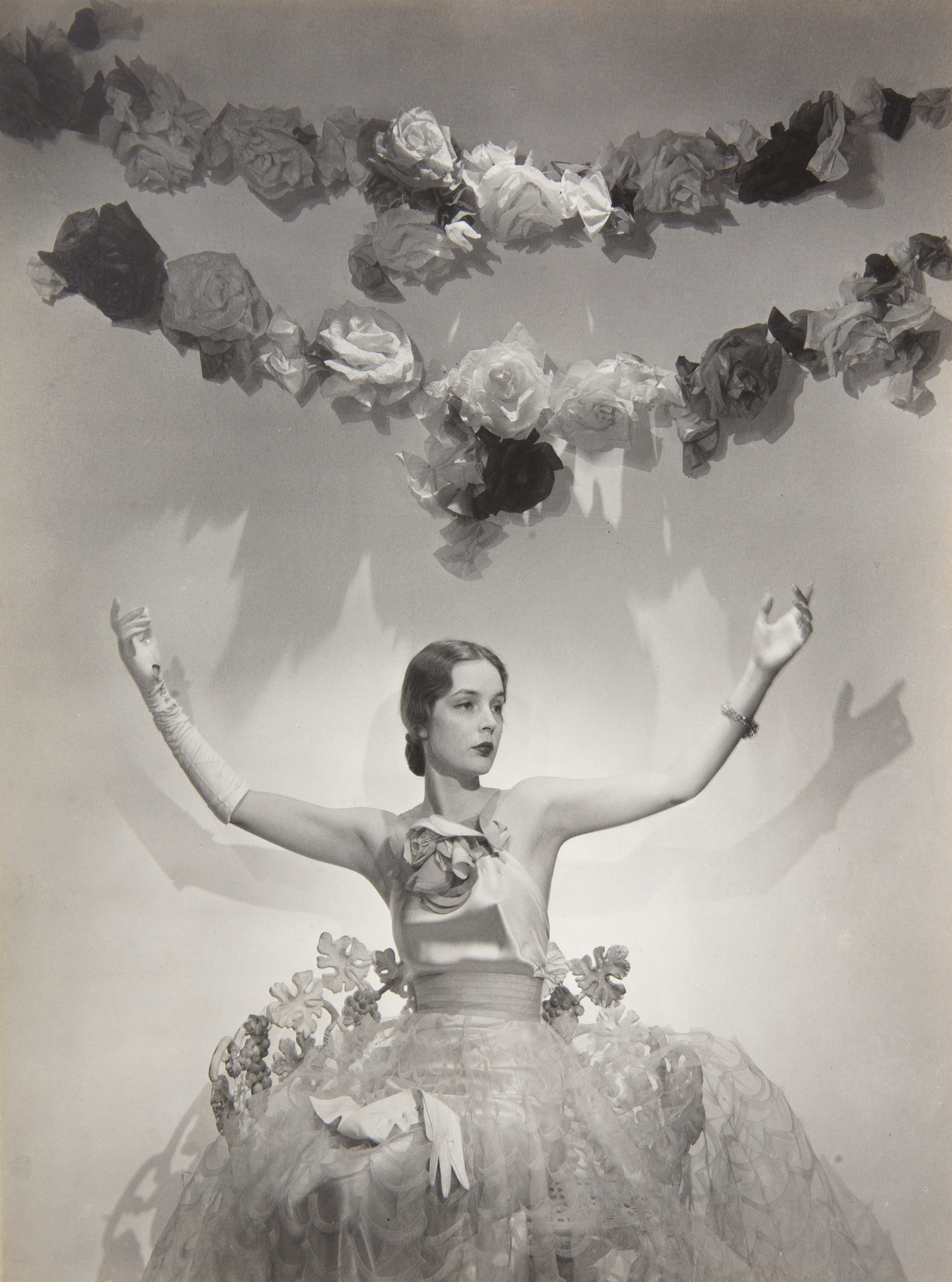
Mrs Rhinelander Stewart, Paris, 1930s

Elsa Maxwell For ‘Vanity Fair’, Waldorf Astoria, New York, 1934
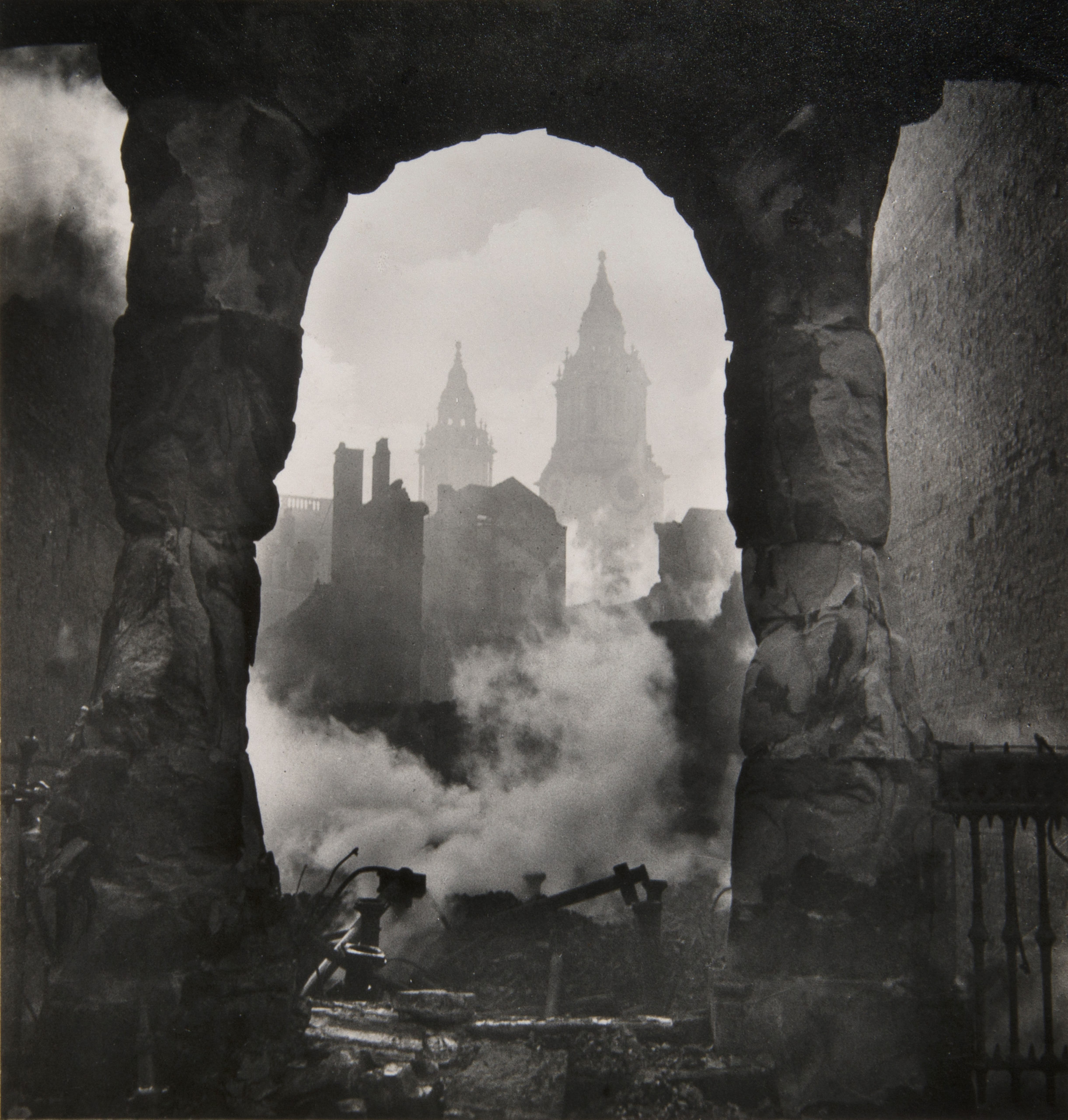
The Western Bell Towers Of St Paul’s Cathedral After The Incendiary Raid Of 29 December, London, 1940
B. United Kingdom 1904-1980
Biography
Cecil Beaton was an influential photographer, illustrator, costume and set designer. Beaton is known for his elaborately decorated and intricate backdrops, which often nod towards Surrealism. A prominent member of the ‘Bright Young Things’, Beaton photographed a generation of glitzy young aristocrats and socialites including Edith Sitwell and Stephen Tennant. Throughout the decade, though, Beaton’s most frequent sitters were his two sisters, Nancy and Barbara, known as ‘Baba’. The sisters proved useful props for the young photographer, as he experimented with backdrops, materials and photographic techniques.
As a fashion photographer, Beaton worked for Vogue in London, Paris, and New York. Throughout the 1930s, he shot Hollywood film stars for Vanity Fair, revealing an increasing reliance on close-ups of the face, often strongly modelled by contrasting light and shade, and also the increasing incorporation of floral motifs. Beaton’s aesthetic remained highly artful if not so brazenly artificial. After photographing Queen Elizabeth in Buckingham Palace in 1939, Beaton was invited to become the Royal photographer of choice. Finally, Beaton was appointed as an official photographer for the Ministry of Information in 1940. Beaton’s contributions as a stage designer to the films, Gigi (1958) and My Fair Lady (1964) gained him Oscars and made him a household name.
Cecil Beaton was born in London in 1904. He was awarded a CBE in 1956. His work has been presented in major exhibitions at the National Portrait Gallery, London; the Museum of the City of New York, USA; and the Imperial War Museum, London.
